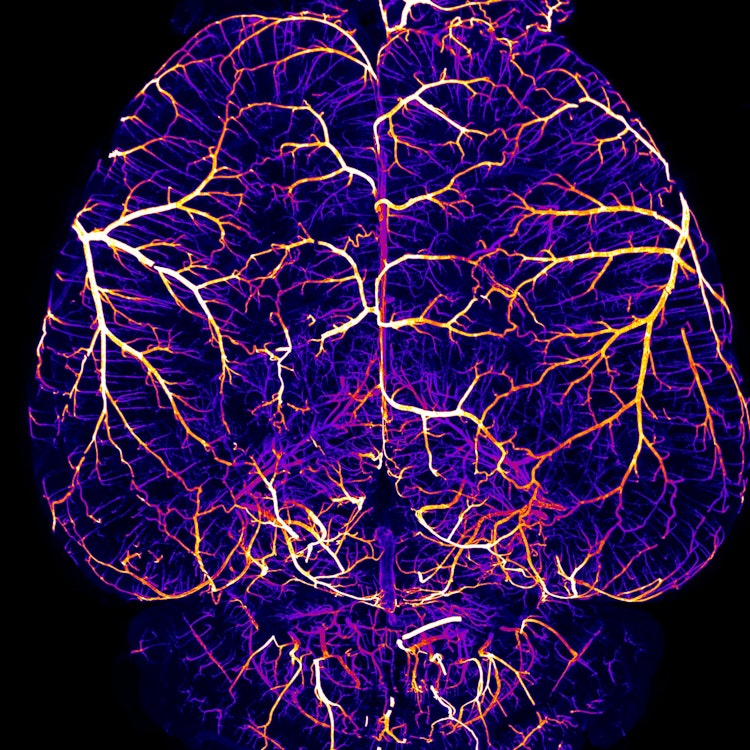
Leptomeningeal collaterals regulate reperfusion in ischemic stroke
Recanalization is the mainstay of ischemic stroke treatment. However, even with timely clot removal, many stroke patients recover poorly. Leptomeningeal collaterals (LMCs) are pial anastomotic vessels with yet unknown functions. Utilizing a thrombin-based mouse model of stroke and the gold standard fibrinolytic treatment rt-PA, we here show that LMCs play a critical role in preserving vascular function in ischemic territories. We applied laser speckle contrast imaging, ultrafast ultrasound, and two-photon microscopy, to show that after thrombolysis, LMCs allow for gradual reperfusion resulting in small infarcts. On the contrary, in mice with poor LMCs, distal segments of recanalized arteries collapse and deleterious hyperemia causes hemorrhage and mortality. Accordingly, in stroke patients with poor collaterals undergoing thrombectomy, rapid reperfusion resulted in hemorrhagic transformation and unfavorable recovery. Thus, we identify LMCs as key components regulating reperfusion after stroke. Future therapeutic interventions should aim to enhance collateral function, allowing for gradual reperfusion of ischemic tissues after stroke.
Download
binder_2024.pdfResearchers






